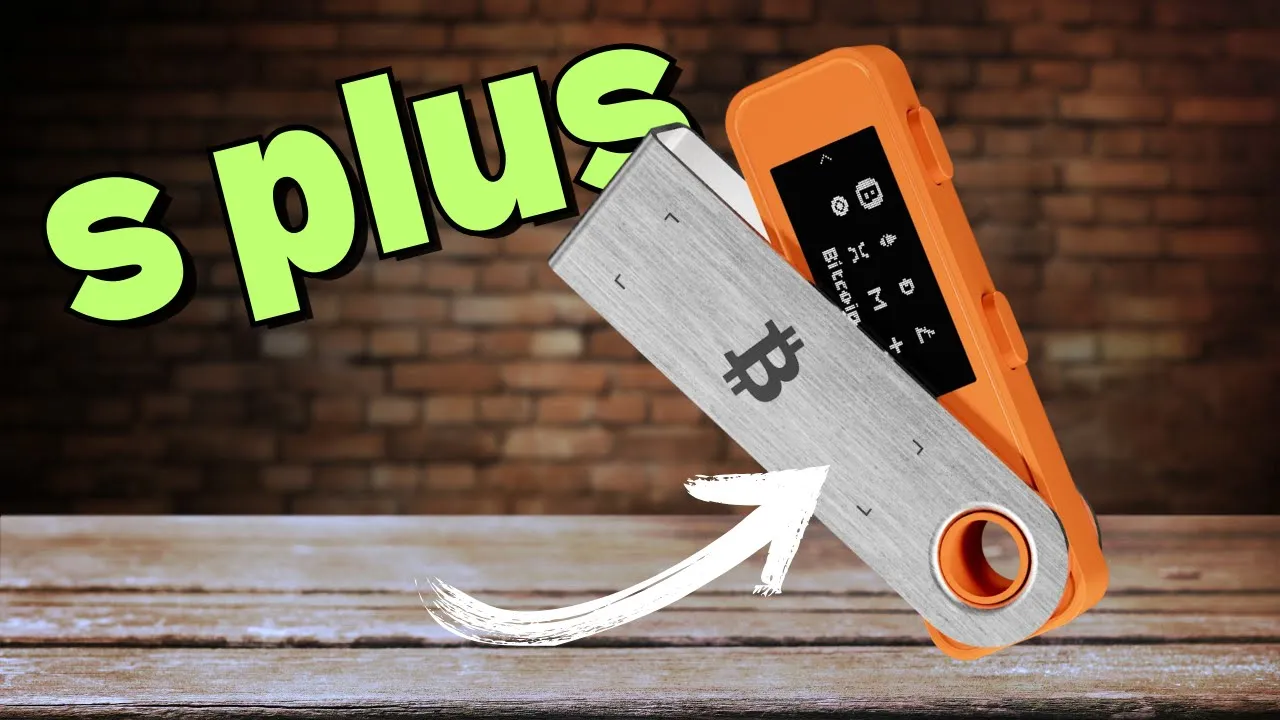Key Takeaway
- Unboxing
- Ledger S Plus: Decent Quality With Metal Covering
- A Straightforward Setup On Ledger S Plus
- Ledger Live App: Best Crypto Wallet Experience Hands Down
- Ledger S Plus Supports Tons Of Tokens & NFTs
- Ledger Security: Next Level, But At What Cost?
- Reputation & Reviews
- Ledger S Plus Vs. Other Crypto Wallets
- Final Thoughts: The Best Budget Hardware Wallet
What‘s Inside The Box?

Ledger S Plus: Decent Quality With Metal Covering

The S Plus comes in sleek packaging similar to all Ledger products, and we couldn’t help but grab a Bitcoin inspired orange version.
The device itself is made of plastic, consisting of a small screen and two buttons on the side.
The Aluminum sleeve nicely protects the plastic casing against any sort of damage or pressure from the outside.

On the front of the device, the 1” monochrome 128×64 pixel OLED display screen is enough space to display and sign basic transactions.
One perk with the Ledger S Plus is color choices. Options include gray, blue, green, pink, orange, green and tan.
A Straightforward Setup On Ledger S Plus

Ledger has one of the most user friendly setups of all hardware wallets.
Firstly, we get the option to set up with ledger live mobile, ledger live desktop or without ledger live.
Next, choose a PIN to stop physical brute force attacks in case someone steals the device.
After that, set up a new wallet or restore an old one.
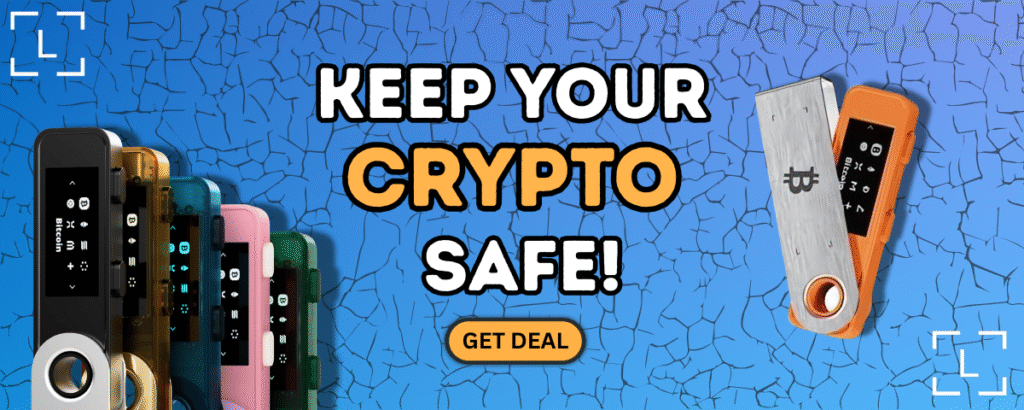
Write down all 24 words onto the recovery sheet.
Once finished, we’re prompted to confirm some of the recovery words on the S Plus.
After confirming, Ledger reminds us again to never share or lose our recovery words.
Download the app.
Set up your Ledger. Choose S Plus.
Two different blockchain apps will be automatically installed now: Bitcoin and Ethereum.
Ledger Live App: Best Crypto Wallet Experience Hands Down
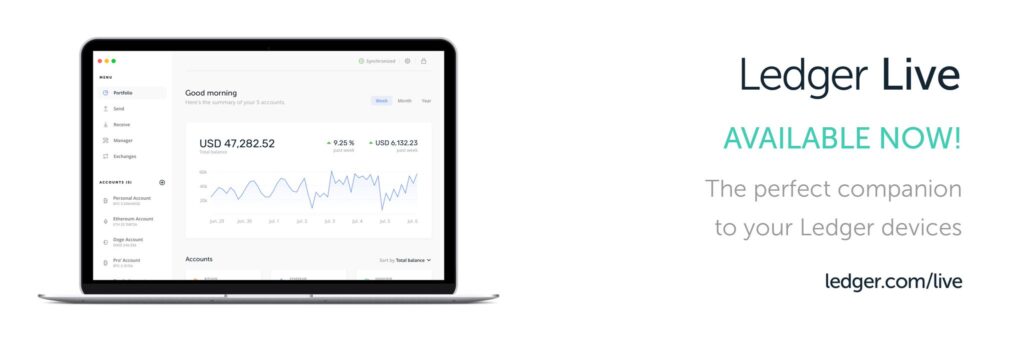
Ledger Live is the best hardware wallet companion app, with a superior user interface and experience. Tons of effort has been put into all aspects of making this app great for all users, and it shows.
View crypto assets, such as tokens and NFTs.
Users can also stake to earn yield, buy, sell, swap and receive.
Clicking the ‘Discover’ tab has many different 3rd party dapps to connect with.
And about data tracking, we can turn off analytics and personal experience data, which is something that we recommend for peace of mind.
Ledger S Plus Supports Tons Of Tokens & NFTs
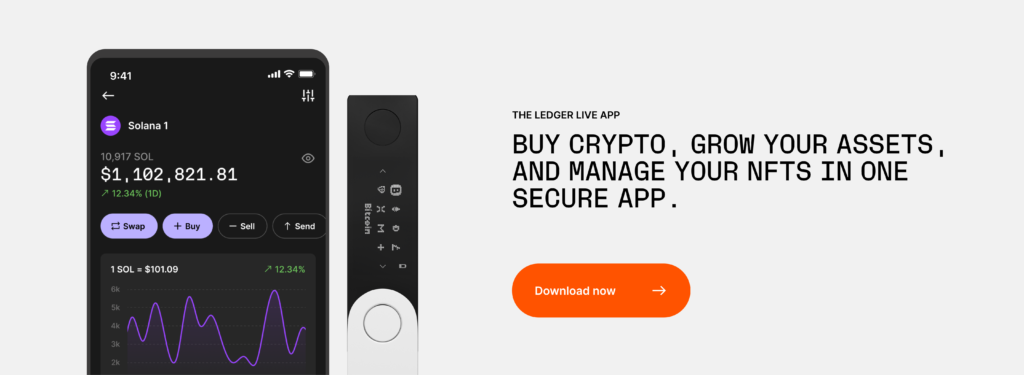
Ledger S Plus is compatible with 50+ wallets for managing thousands of tokens, DeFi apps, and Web3 assets. But due to storage space limitations, users can only download a handful of blockchains at a time (about 5-6 apps).
NFT support is only on Ethereum and Polygon, but there are rumors that Solana NFTs are coming soon.
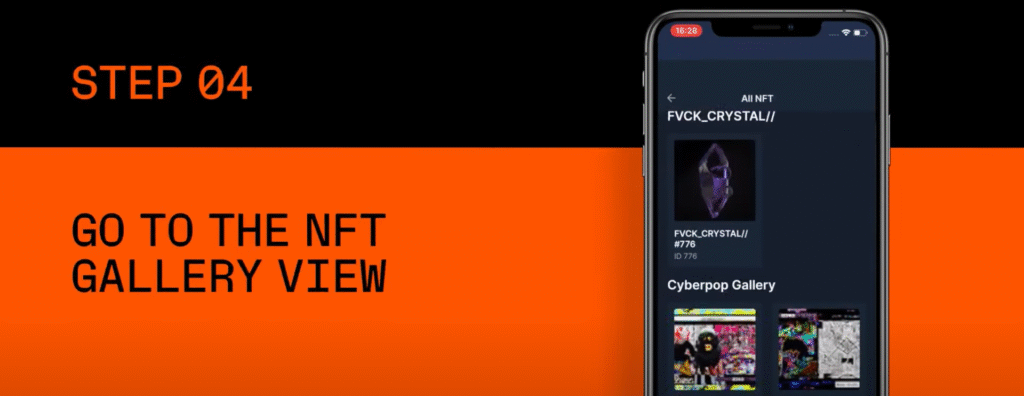
Ledger Security: Next Level, But At What Cost?
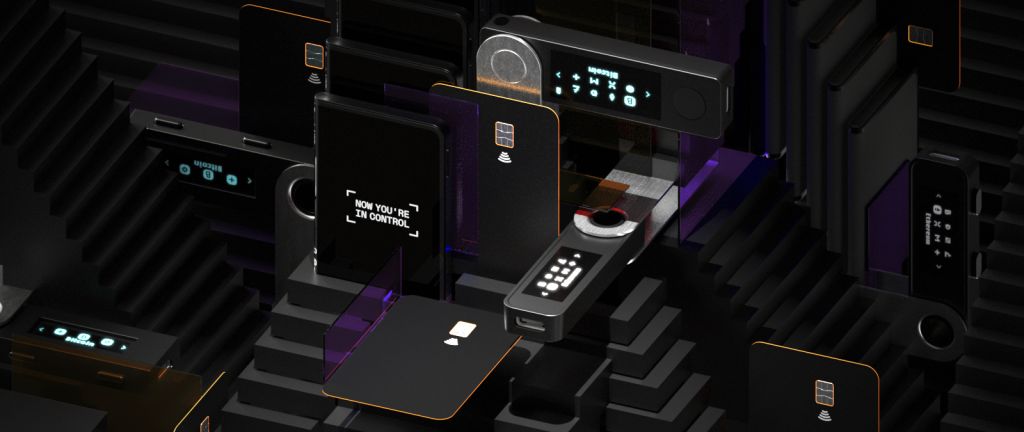
Let’s start off by stating no Ledger devices have ever been hacked. Period. An immaculate track record being in crypto security for over 10 years now.
The S Plus rocks an EAL 6+ certified secure element chip from ST Microelectronics (ST33K1M5) to handle complex cryptographic tasks such as generating private keys.
The device also contains a MCU chip which handles basic functions such as movement commands, and uses Ledgers custom operating system called BOLOS.
Now, we cannot discuss Ledger security without discussing some negative events occurring over their 10 year history. In brief, here is what you need to know:
July 2020: A security breach of resulted in the theft of 1 million customers’ emails.
December 2022: 20,000 Ledger Stax preorders at full payment were delayed for over a year until May 2024.
October 2023: Ledger Recover, a seed backup service, was criticized for it’s KYC requirement.

December 2023:Researchers claim that Ledger Live software collects and transmits a surprising amount of user data to its analytics provider.
March 2025: Ledger Donjon, the company’s in-house white hat hacking group, posted a controversial article criticizing their long term rival Trezor’s new devices Safe 3 and 5 for having security flaws.
Currently only the Nano X has been independently certified by ANSSI, a French government standard for Cybersecurity Certification. The other wallets, including the S Plus, are pending due to a time lengthy process.
Most of Ledger’s software products are open sourced. But Ledger’s operating system, BOLOS, is partially reviewable and verifiable due to their NDA agreement with the maker and provider of the secure element chip STMicroelectronics.
Reputation & Reviews
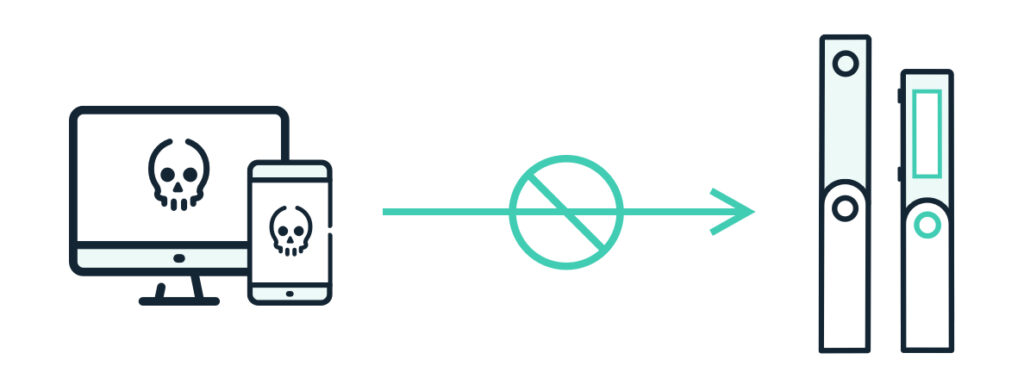
Ledger was founded in 2014 in Paris, France. In 2016, the company launched the Ledger Nano S, a device I personally had for five years.
In terms of reviews, the wallet brand holds a shockingly low 3.0 out of 5 on trustpilot.com.
For the S Plus device specifically, the wallet scored a 4.5 out of 5 on Amazon.com, 9.2 out of 10 on 99Bitcoins and a 4.6 out of 5 on Bestbuy.com.
Here is what users are saying about the Ledger S Plus:
To get a true representation of Ledger’s reputation, consult their socials, metrics and read what other users and customers are saying.
To contact support, navigate to Ledger.com and click on ‘support’. After a few seconds, a chat icon will appear in the bottom right corner, with live agents available during normal working hours.
Ledger S Plus Vs. Other Crypto Wallets
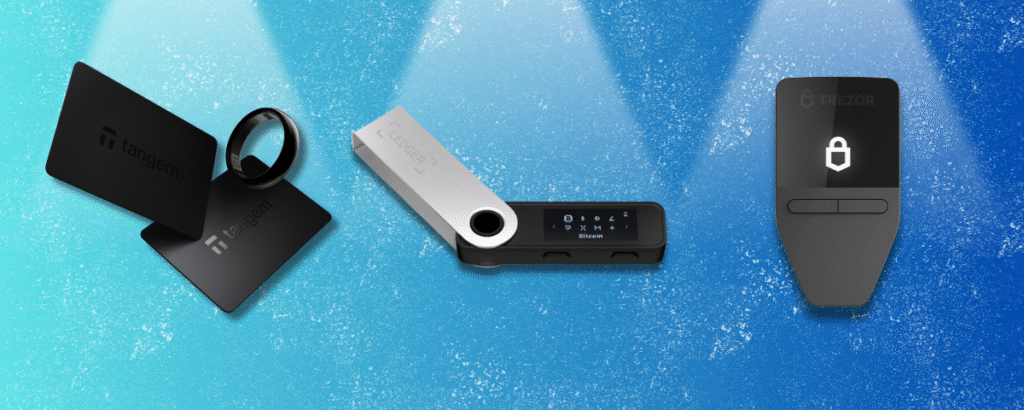
How does the Ledger S Plus ($79) differ from other popular hardware wallets we tested?
Ledger
- Ledger X ($149): battery powered, bluetooth or USB-C connection, more storage
- Ledger Flex ($249): bigger screen, additional features
- Ledger Stax ($399): same as Flex with curved screen and label binding
Trezor
- Trezor Safe 3 ($79): nearly identical to S Plus, USB-C only, 2 buttons less token support, worse app
OneKey
- OneKey Classic 1S ($99): USB-C or bluetooth, 4 buttons, similar app and token support
Tangem
- Tangem card ($50): NFC, less security, more portable
- Tangem ring ($160): NFC, less security, more portable
Coolwallet
- Coolwallet Go ($69): NFC, less security, more portable
- Coolwallet Pro ($149): battery, small screen, clunky, slow, more portable
Safepal
- Safepal S1 ($50): QR codes for transactions, slower transactions, lower build quality
Cypherock
- Cypherock X1 ($149): USB-C only, joystick, 4 card backups, worse app, lower build quality
Secux
- Secux Neo X ($179): bulky, worse app, lower build quality
Final Thoughts: The Best Budget Hardware Wallet

Overall, the Ledger S Plus is the go-to budget hardware wallet for users who have diverse needs.
For only $59, you get a secure, colorful wallet which can store the most diverse amount of blockchain assets and NFTs. The build is solid, the setup is smooth and the app itself is unmatched for hardware wallets.
So would I recommend the S Plus?
In short, yes.
But it all depends whether you hold a vast amount of different blockchain assets or not. The S Plus has a significantly smaller storage capacity than the slightly larger Nano X.
If by an chance you hold more than five different blockchain assets, such as SOL, ETH, BTC and others, it’s worth buying the Nano X to store more diverse crypto holdings.
Ledger just dropped the S Plus price to $59, which is a steal! Check my link below if interested.
Thanks for reading and catch ya in the next review!
What’s the difference between the Ledger S Plus and X?
The Ledger S Plus is USB C only, and has a much smaller storage capacity. Ledger X can use USB C and bluetooth. It also has significantly larger storage space to connect to more blockchains.
Is Ledger open sourced?
Ledger is 95% open source. The only part that’s not is their operating system BOLOS, due to an NDA agreement signed for the secure element chip manufacturer ST Electronics. This is common practice in the hardware wallet industry.
Is Ledger S Plus compatable on all devices?
No, but most. If you own an iOS device and intend to use the S Plus with it, don’t order! Either grab the Ledger X or another alternative that’s iOS compatable.
What if I lose my Ledger S Plus device?
The generated seed phrase is the key to recovering your crypto, not the device itself. All crypto assets are stored on the blockchain.
What is the expiry or shelf life of the Ledger S Plus?
According to Ledger’s own blog, screened devices only last about 3-5 years mainly due to the battery life. My original Ledger S only lasted 5 years to confirm.
Is Ledger safe and secure?
Yes, just be cautious. Ledger security is top notch. Ensure you don’t connect to any dodgy links, websites or share your seed with a person or camera.

